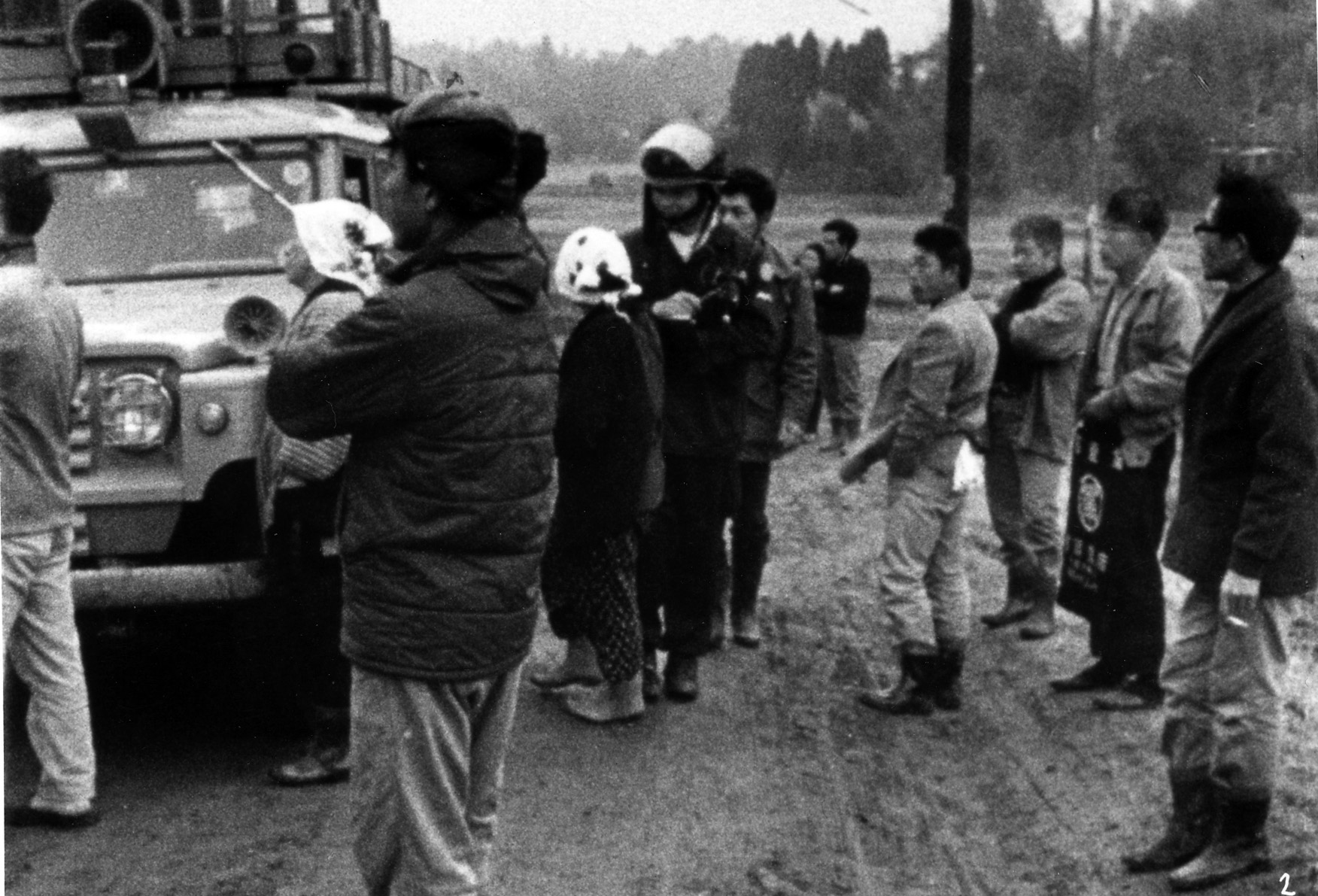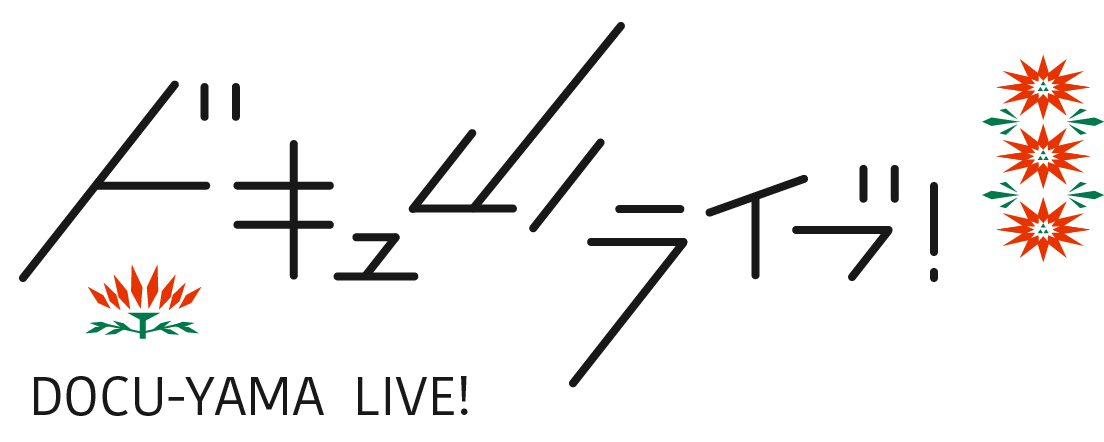
The Parents Alliance meeting isn’t the first, loudest, or most vivid scene in Narita: Heta Village (Sanrizuka: Heta Village, 1974; YIDFF 2025 Special Invitation Films), but it feels like the quiet heart of the film. A month after the arrests, the community gathers to talk about their personal loss and the ripple effects of the police violence—the seemingly unjustified or at least exaggerated imprisonment of their children. Nothing overly dramatic happens here: there’s no clash, chanting, or spectacle. Instead, a room full of parents (because in this context, the children aren’t just their own but belong to the nurturing village)—some grieving, some angry, some simply tired—sit, speak, and listen. Ogawa’s camera doesn’t linger above them or move unnaturally; it becomes part of the scene among the listeners. The result is a long and almost hypnotic take. We are not just observing passively; we are bereaved parents ourselves.
It is here that Ogawa’s decision to use long and minimally edited takes reveals its ethical significance. The camera, often a passive critic in documentaries, now appears to give back, to be a part of. We experience heavy pauses, quiet nods, and the concerned breath of the villagers before they speak. As viewers, we notice a shift toward a form of presence based on interaction rather than observation. As we sit in a circle with the villagers, the camera’s gaze softens. The long shot provides us with the space to stop consuming and to begin witnessing.
The meeting also reveals a subtle yet powerful form of dissent. The police’s accusations and attacks have tried to render these parents irrelevant: their sons as criminals, their grief as pointless, their bonds as disruptive. Yet here they are, filling the frame with their ordinary presence. The mothers and fathers tell the story of the arrests not as shame but as sacrifice; they express pride through worry. The very act of gathering becomes a statement: we stay connected, and our children’s struggle belongs to the community, and we’ll stay here.
The village’s ancient structure of care holds this room together. Some speak of practical help, like taking care of the crops or bringing food to jail, while others voice their concerns, all met with nods of assent—no questions or protests. Watching, we sense that the tragedies and difficulties are bringing them even closer together. It’s a collective loss turning to responsibility. The movie doesn’t explicitly tell us any of this; instead, the long shots allow us to feel the weight of the low murmurs, subtle nods, and deafening silence.
The scene is deeply tender, intimate, and political. The police may hold power, but these parents claim moral authority in the struggle. That distinction is important. No matter what, they will stick to their principles, land, and most importantly, each other. Therefore, form and content align. The long takes and synchronized sound create a space where the villagers are seen not as objects but as presences, and the viewer-camera remains silent but not passive. We are not told to take a side, or even if there is a right or wrong side. Instead, we are tasked with looking and listening, piecing together meaning ourselves.
By the end of the meeting, nothing has been resolved. Yet something significant has happened: a community, battered but standing, leaning toward one another, testing how to keep going. Watching, we too are drawn into that slow, shared time. The camera just stays long enough for something human to appear—it forces us to see not from above or afar, but from among.
Lorena Sampaio
![ドキュ山ライブ! [DOCU-YAMA LIVE!]](http://www.yidff-live.info/wp-content/themes/yidff-live_2017/images/header_sp_logo1.png)

